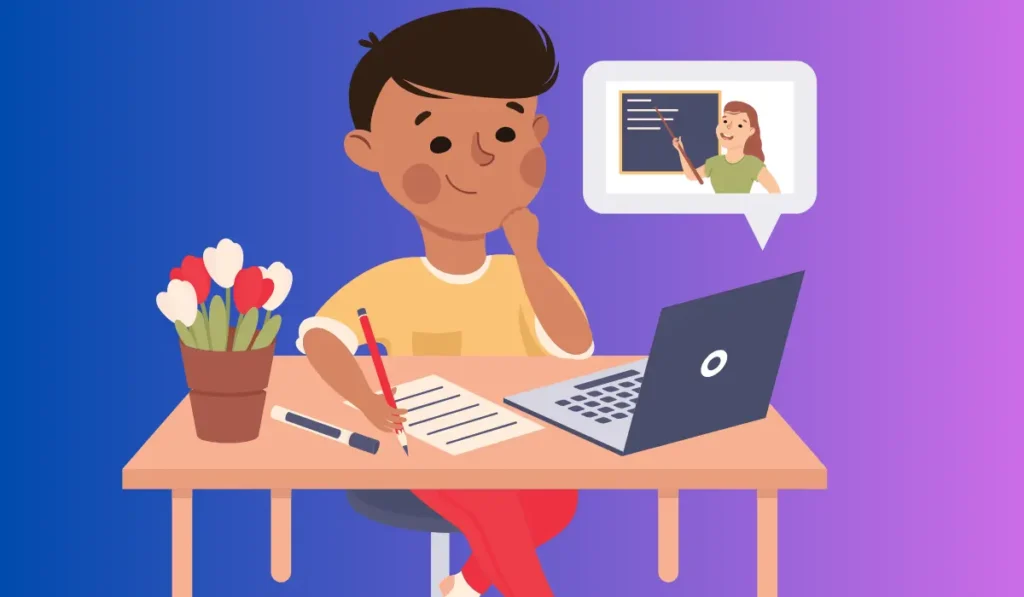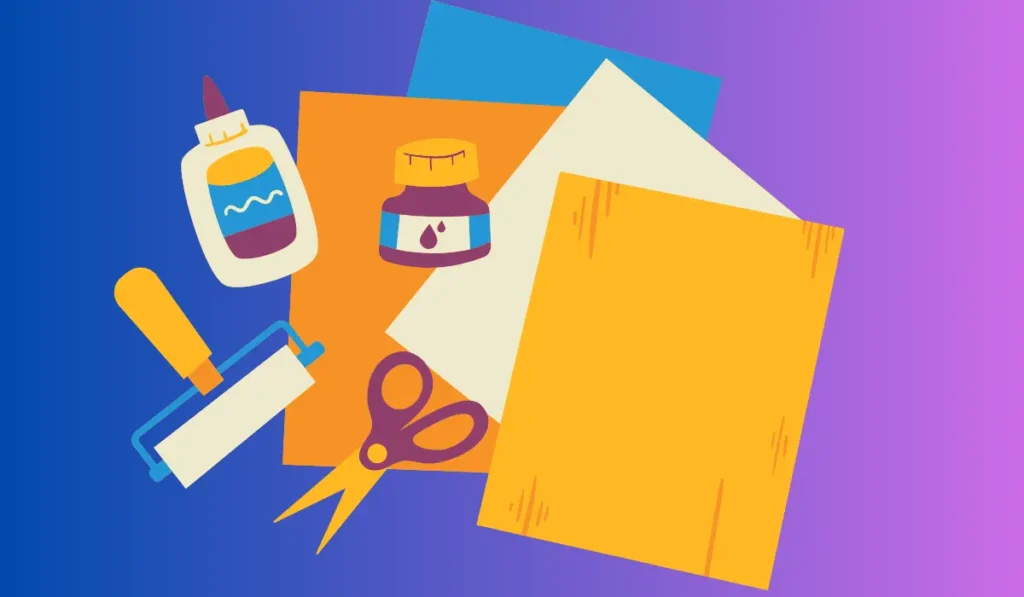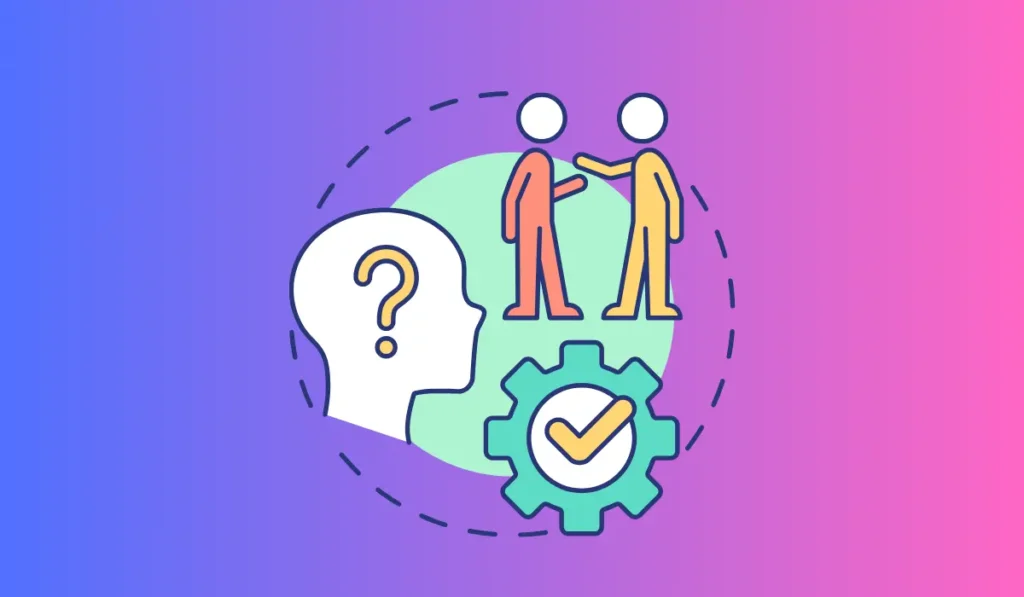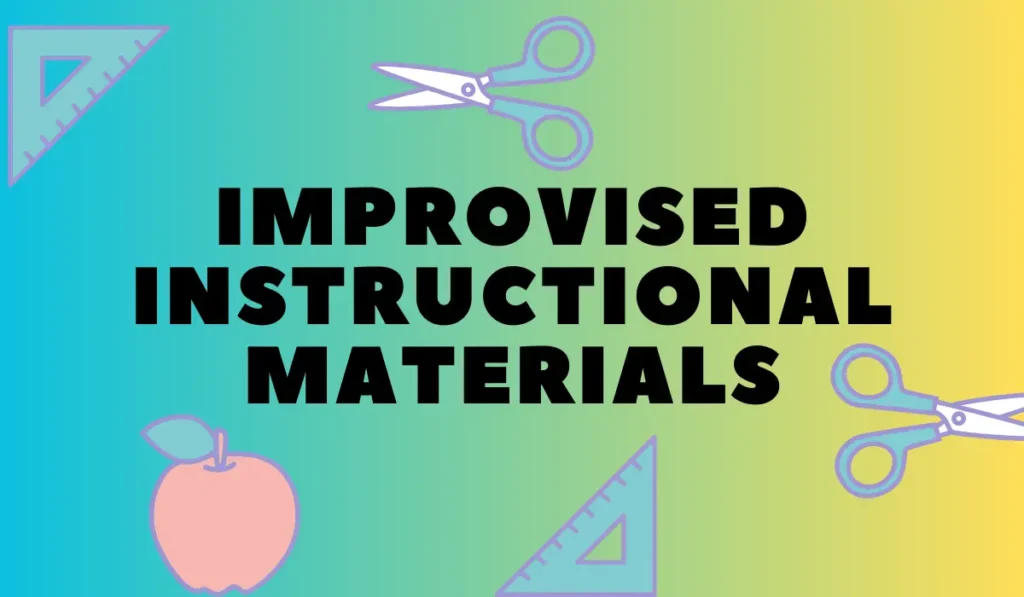Teaching-learning materials are effective in enhancing the learning process. They help stimulate the senses, improve comprehension and retention, and make learning more enjoyable and engaging.
When teachers use teaching-learning materials in their instruction, they cater to different learning styles, such as visual, auditory, and kinesthetic.
They serve as a bridge between theoretical concepts and practical application, making learning more meaningful and accessible to students of all ages and abilities.

Importance Of Teaching-Learning Materials
Teaching-learning materials play a vital role in the field of education. They provide an organized structure to teachers, which helps them deliver their lectures effectively and efficiently.
Here are some key points on the role of teaching-learning materials in education:
- Helps in developing the cognitive skills of students
- Enhances the learning experience of students, leading to better retention of knowledge
- Provides visual aids to help students understand difficult concepts
- Ensures uniformity in teaching methods across various teachers
Teaching-Learning Materials On Students’ Academic Performance
One of the primary objectives of teaching-learning materials is to improve students’ academic performance. Here are some key points on how teaching-learning materials impact students’ academic performance:
- Helps in making learning interactive and engaging, leading to better student engagement and motivation
- Provides students with clear and concise information, which helps them understand concepts more easily
- Enables teachers to cater to the different learning styles of students
- Enhances the effectiveness of assessments and evaluations by providing diverse and comprehensive resources
Teaching-learning materials are an essential element in the field of education. From the traditional to the modern-day methods, the evolution of these materials has been significant.
Traditional Teaching-Learning Materials
Teaching-learning materials have a significant impact on students’ cognitive development. Traditional teaching-learning materials are still being used worldwide, despite the emergence of technology-based learning materials.
The effectiveness of traditional teaching-learning materials lies in the ease of use, low cost, and availability.
Different types of traditional teaching-learning materials include visual aids, audio aids, and audio-visual aids.
Visual Aids
Visual aids are effective tools to facilitate students’ learning, as they help retain information. Research has indicated that visual aids enhance students’ interest in learning and improve their comprehension. Here are some key points to note about visual aids:
- Pictures, diagrams, charts, and graphs are some examples of visual aids that can be used to assist students’ understanding of a topic.
- Visual aids must be relevant and straightforward to comprehend.
- Good quality visual aids should be created to ensure clarity and enhance students’ engagement.
- It is necessary to use visual aids appropriately and, if possible, combine them with other teaching-learning materials to make the lesson more engaging.
Audio Aids
Audio aids are another traditional teaching-learning material that can help students learn effectively. Audio learning is beneficial, especially for students who are auditory learners. Here are some key points to consider:
- Teachers can use different types of audio aids such as audiobooks, podcasts, music, and recordings.
- Audio aids can enhance understanding, assist with memory consolidation, and help students learn independently.
- Audio aids should be used to supplement other teaching-learning materials to avoid monotony and redundancy.
Audio-Visual Aids
Audio-visual aids combine the benefits of both visual and audio aids to create a more effective teaching-learning experience. Audio-visual aids are highly recommended for complex and abstract topics.
- Smartboards, projectors, and slideshows are some excellent examples of audio-visual aids.
- Audio-visual aids provide a more interactive and engaging way of teaching and learning.
- They help students develop critical thinking skills and enhance their creativity and imagination.
Traditional teaching-learning materials such as visual aids, audio aids, and audio-visual aids are still relevant and effective educational tools.

Modern Teaching-Learning Materials
The traditional chalkboard paradigm is no longer effective in modern education. The incorporation of modern teaching-learning materials significantly improves the quality of education and enhances classroom engagement.
Here are some of the modern teaching-learning materials that are making a difference.
Interactive Whiteboards
Interactive whiteboards are a game-changer in teaching and learning as they provide an immersive and interactive experience in classrooms.
They make it possible to customize learning materials, enhance multimedia presentations, and add visual aids that stimulate learners’ intellectual curiosity. The key benefits of interactive whiteboards are:
- Interactive lessons using colorful graphics and videos.
- The ability to save all the information written or drawn on the board.
- The provision of on-screen annotations.
E-Learning Platforms
E-learning platforms enable learners to access high-quality educational materials anywhere, anytime, through the Internet.
E-learning platforms provide an innovative and interactive approach that incorporates visuals, audio, and gamification to stimulate learning. The key benefits of e-learning platforms are:
- They provide learners access to digital resources, making learning more convenient and accessible.
- They enable learners to learn at their own pace.
- They provide flexibility as learners can choose from a range of topics according to their preferences and interests.
Augmented Reality
Augmented reality is a technology that integrates real-world surroundings with digital information, allowing learners to interact with educational materials in a new way.
Augmented reality (AR) fosters immersive and engaging learning experiences that stimulate critical thinking, creativity, and collaboration. The key benefits of augmented reality are:
- It provides a new way of visualizing complex concepts and ideas.
- It stimulates students’ interest in learning by incorporating interactive, engaging and hands-on activities.
- It creates dynamic learning experiences through gamification.
Modern teaching-learning materials bring a lot of benefits to education. They improve classroom engagement, provide flexibility, and offer innovative ways of teaching and learning.

Meeting The Learning Styles Of Students
Every individual has their unique preferred method of learning, and educators must accommodate these by integrating various learning styles into their teaching methodologies. Here are the different learning styles to take note of:
- Visual learners: These types of learners learn best through visuals, such as diagrams, images, and videos.
- Auditory learners: These types of learners prefer to listen to instructions, lectures and discussions to learn effectively.
- Kinesthetic learners: These types of learners learn best through a hands-on approach. They prefer to engage in practical activities and experiment as they learn.
Engaging With Multimedia
Integrating multimedia into teaching-learning materials is a great way to enhance students’ learning. Here are some key points to consider when creating multimedia-rich teaching-learning materials:
- Determine the purpose of including multimedia: Be clear about what you aim to achieve with multimedia. It could be to reinforce a concept, cater to different learning styles, or to make learning more interesting.
- Use multimedia that complements the content: The multimedia should be relevant to the subject matter. For instance, using an animation to explain a complex idea can be more effective than using a static image.
- Keep it simple: Don’t overload the content with too much multimedia. Use multimedia sparingly, so you do not overwhelm the learners.
- Ensure multimedia accessibility: Make sure that the multimedia works well across different devices, such as laptops and smartphones. Additionally, check that the multimedia is accessible to learners with disabilities.
Multimedia In Student Engagement And Achievement
The use of multimedia in teaching-learning materials can have a significant impact on student engagement and achievement. Consider the following benefits:
- Enhanced understanding: Visuals and auditory aids can help learners understand abstract, complex concepts better.
- Increased engagement: Multimedia can make learning more interactive and engaging, which can motivate learners.
- Catering to different learning styles: Not everyone learns in the same way. Using multimedia can cater to different learning styles, such as visual and auditory learners.
- Improved retention: Studies have shown that learners retain more information when it is presented in multiple formats.
Frequently Asked Questions
What Are Teaching-Learning Materials (TLMS)?
Teaching-learning materials (TLMS) are instructional resources/materials used to support the teaching and learning of a subject or a lesson.
Why Are TLMS Important In Teaching?
Tlms stimulate student engagement, enhance their learning experiences, and boost academic achievement by promoting effective learning.
Which Are The Commonly Used TLMS?
Common TLMS include textbooks, charts, models, maps, audiovisual materials, posters, and digital resources that can be used to teach a variety of subjects.
How Do TLMS Benefit Teachers?
Tlms enable teachers to communicate complex concepts more effectively while keeping the attention of the learners engaged, leading to better results.
Does TLMS Improve Student Retention And Recall?
Tlms are designed in such a way that they help students retain and recall information better, providing them with effective learning strategies.
Conclusion
The effectiveness of teaching-learning materials is undoubtable. It can enhance students’ learning abilities, encourage student engagement, and make learning enjoyable. By providing interactive and versatile materials, educators can deliver a more comprehensive learning experience to students. The use of teaching-learning materials has been shown to improve students’ memories, attention spans, and critical thinking. Furthermore, with the help of technology, teaching-learning materials can be easily shared and stored, making them accessible to students anytime and anywhere.


